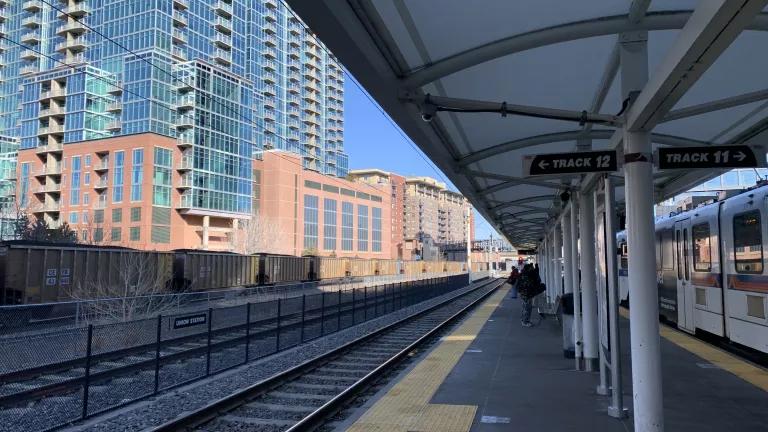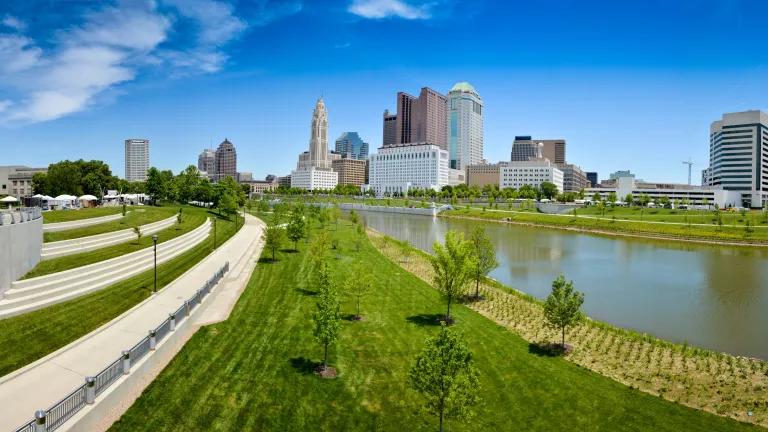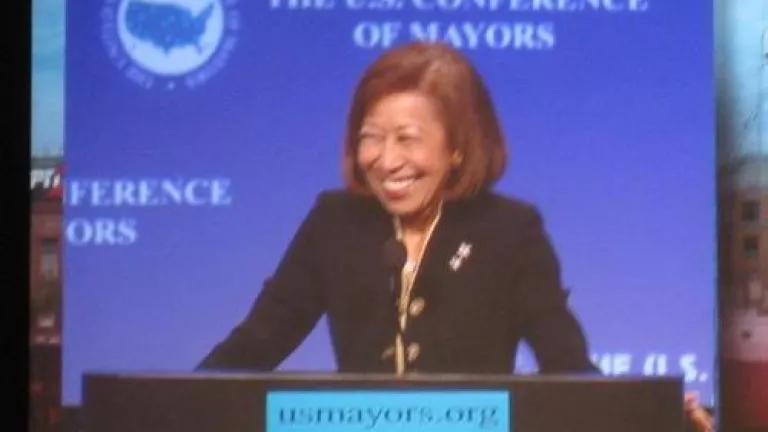
Mayor Annise Parker of Houston, TX, and Mayor Elizabeth Tisdahl of Evanston, IL, won top honors at the 2011 Mayors’ Climate Protection Awards (sponsored by Walmart) on Friday. The program recognizes mayors of large and small cities for finding innovative ways to increase energy efficiency and reduce global warming pollution. I’ve been a judge in this competition for several years, and on Friday I attended the awards ceremony for the first time, in Baltimore.
The venue is a hotel adjacent to Baltimore’s showcase Inner Harbor developments, which was a frequent hangout for myself and my wife during the years we lived in Charm City in the 1990s. There are almost a thousand people at the event, filling a huge room and listening to a series of speakers beginning with Congresswoman Nancy Pelosi. Mayor Elizabeth B. Kautz, Mayor of Burnsville, Minnesota and the President of the Conference of Mayors presented the awards, leading the room to cheer for their successes in combating climate change (my apologies for the quality of the photos; as you can see I was literally there, holding up my little digital camera to get these shots).
In Houston, Mayor Parker has been spearheading efforts to green the city’s buildings. She wasn’t able to make the event because she is busy working to resolve budget issues (sadly something I’m sure most mayors empathize with), as someone from Conference staff informed me. She did, however, send her Sustainability Director, an impressive woman named Laura Spanjian who spoke about the initiatives led by her boss.
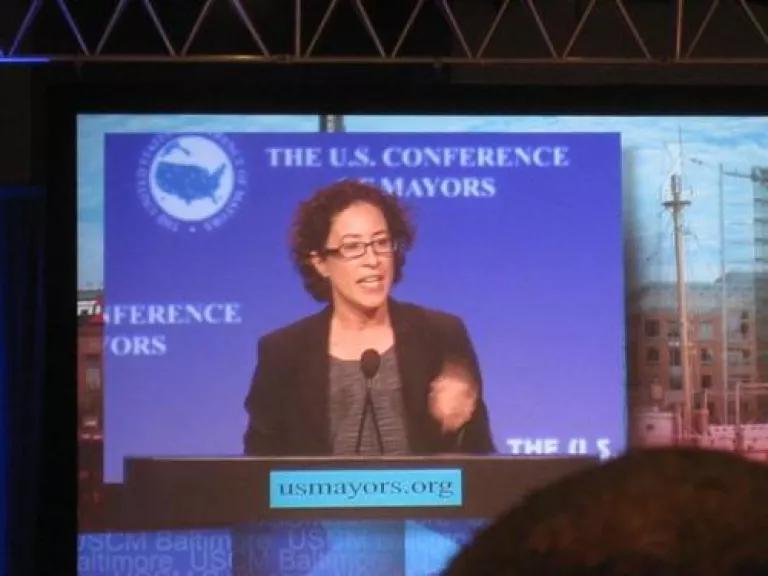
The city plans to retrofit all 262 municipally-owned buildings, from libraries and fire stations to performance halls. These improvements will reduce energy use by 30 percent in city-owned buildings. And private building owners have been motivated by the city’s Green Office Challenge, which reimburses building owners 20 percent of materials and labor for energy efficient improvements.
Evanston’s Climate Action Plan, spurred by Mayor Tisdahl’s signing on to the Mayors Climate Protection Agreement, identified more than 200 strategies to reduce greenhouse gases throughout the city. So far, the community has implemented more than half of these strategies. The Municipal Operations Efficiency Program has been particularly effective, using HVAC upgrades, lighting, fleet efficiency and other operational improvements to achieve a 22 percent reduction in greenhouse gas emissions. The city aims to reduce its overall emissions 13 percent by 2013.
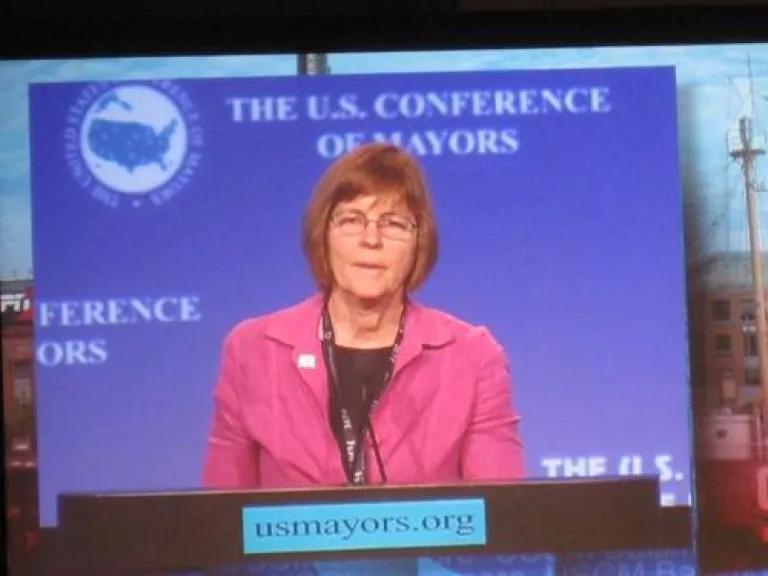
Mayor Tindahl was a classic Midwesterner, with a touch of the academic which suits the home town of Northwestern University. Humbly, she talked about how the award was due to the hard work of Evanston’s citizens, who wanted to be leaders. Then in her understated way she delivered what I thought were the most memorable words of the awards ceremony: “Mayors are not waiting for the federal government to solve this problem [climate change] for us. Mayors have given national and international leadership on this issue…The climate protection work in which we are all engaged is, I believe, the greatest challenge of our decade…It is a long fight, the award is important and all awards that we give in the future are important because they highlight good actions in a long fight…”
Many of the city initiatives would not have been possible without federal funding from the Energy Efficiency and Conservation Block Grant program, and in fact this was a consistent feature of most of the really impressive entries in this years contest. This money allows cities and communities to make real changes that will have long-term benefits for residents, leverages scarce taxpayer dollars effectively, and it is well-worth greater investment.
Congratulations to all the mayors, in big cities like Houston or small ones like Evanston, who are working to protect the climate and make their cities more energy efficient.


